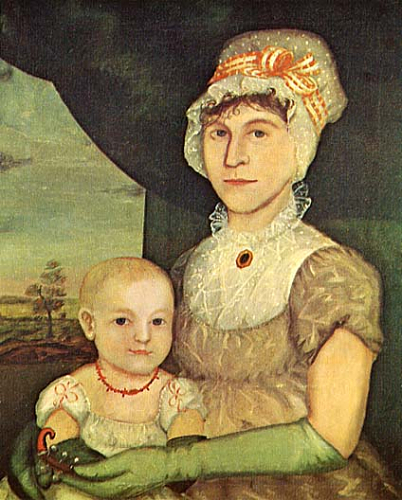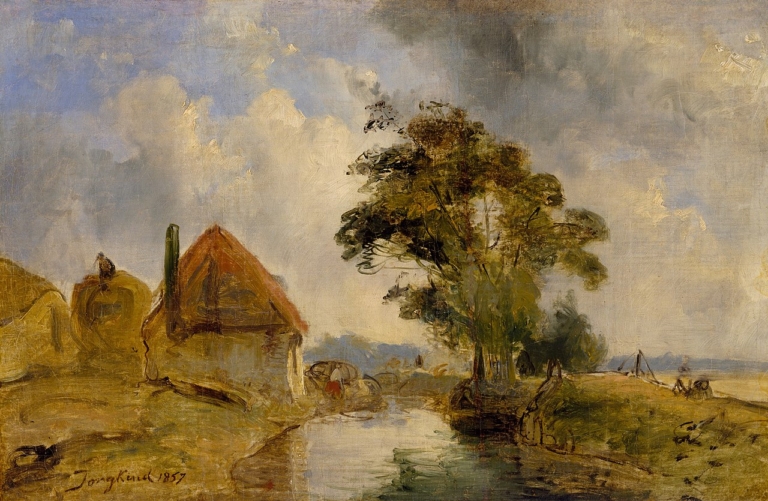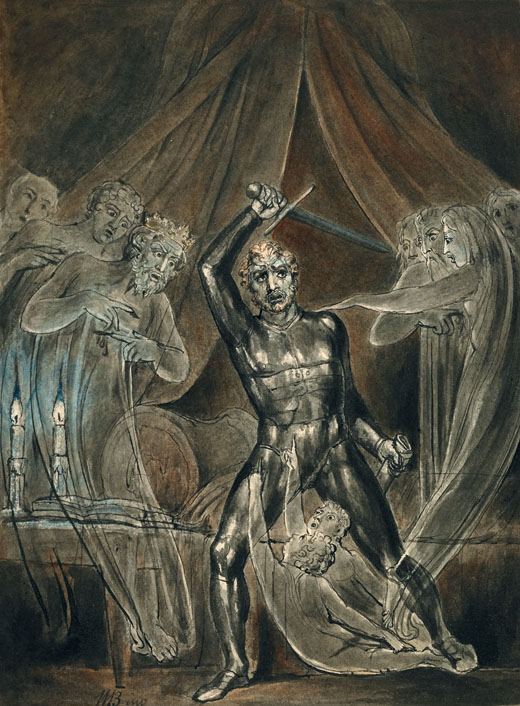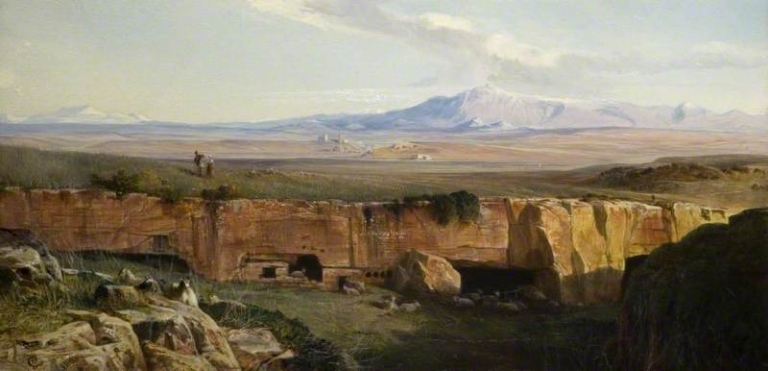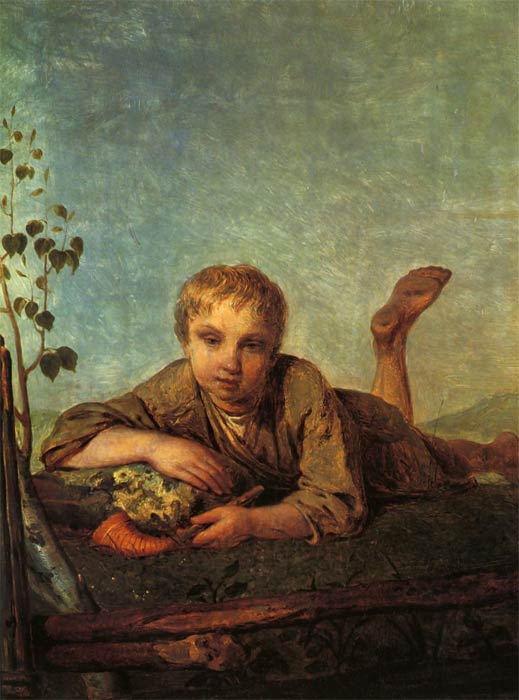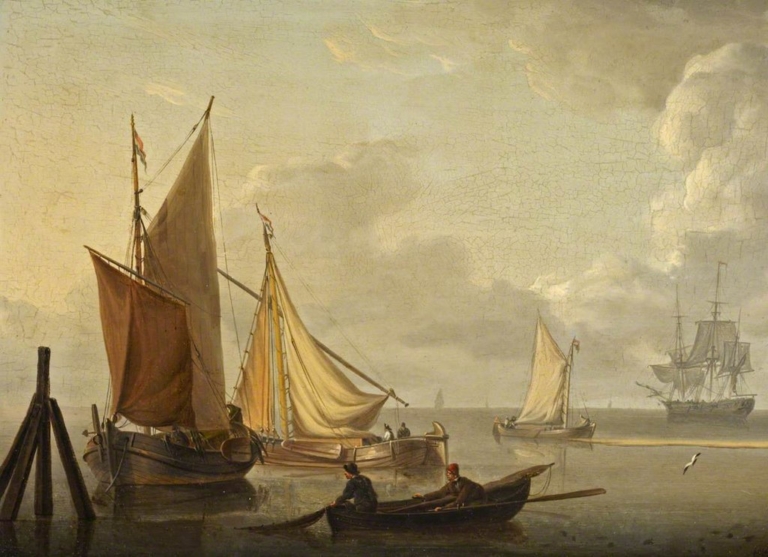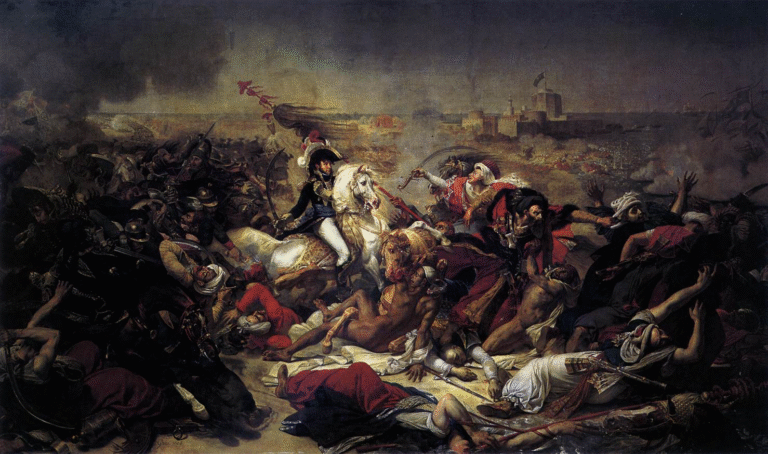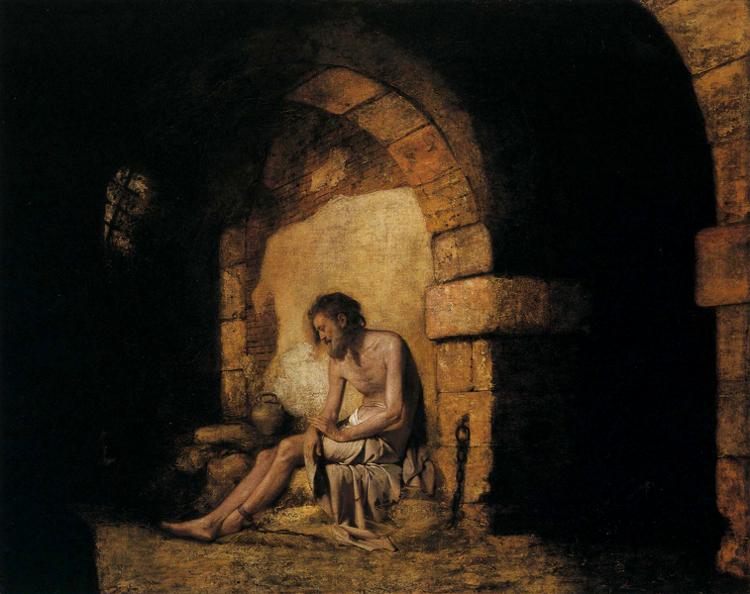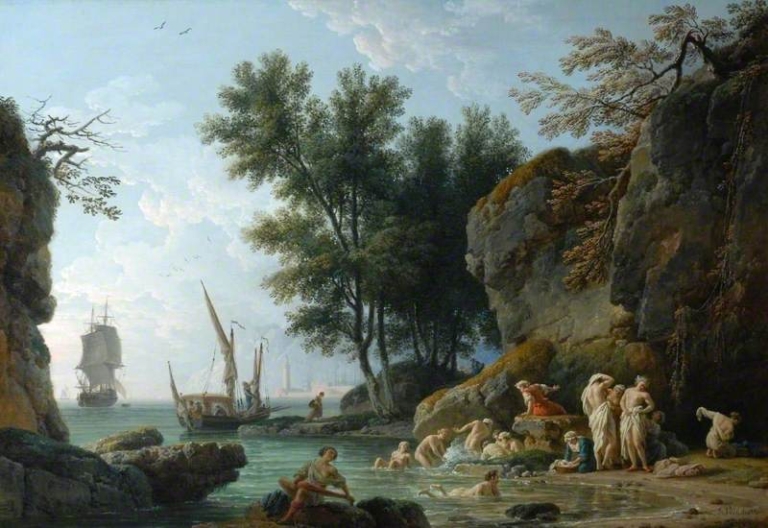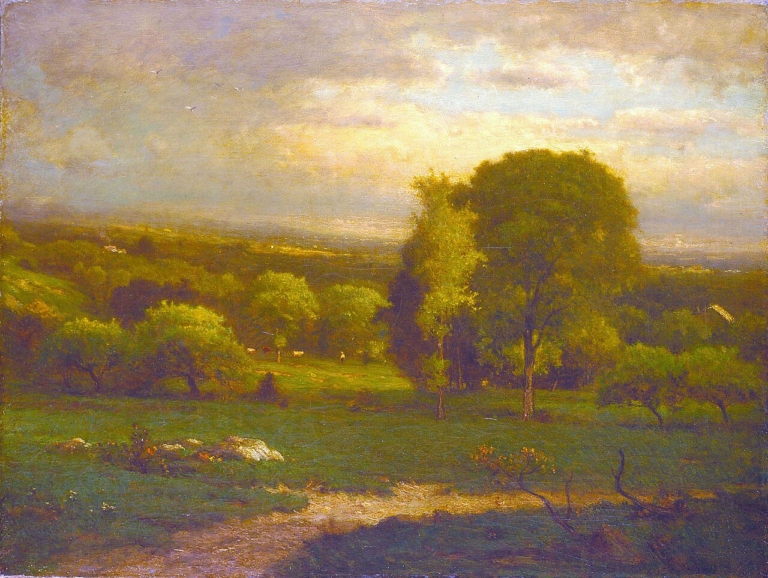
Saco Valley by George Inness: A Deep Analysis
"Saco Valley" by George Inness beautifully captures the quiet spirituality of the American landscape through subtle light, tonal harmony, and atmospheric depth. Reflecting Inness’s mature Tonalist style and Swedenborgian philosophy, the painting transforms a simple New England valley into a poetic meditation on nature, permanence, and the divine. Explore the full analysis of this masterful 19th-century landscape.
